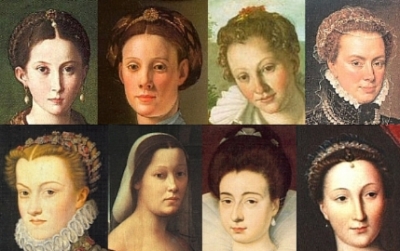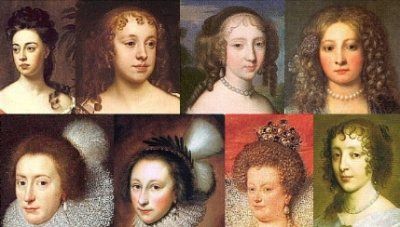A haircut so influential, it transformed civilization.
Hair is personal. It’s expressive. It’s a compelling way to form your identity. Want to grow it long? You’re a glorious goddess. Want to shave it off? Go for it, you’re still a glorious goddess. We live in an age where you can choose to dye it any color of the rainbow, chop it off, grow it to your knees, or braid it like there’s no tomorrow without causing (too much) shock. Although, that hasn’t always been the case.
I truly cannot think of a time in history before the 20th century that long hair was not in style for women. Sure, hair styles have changed, hats and adornments have gone in and out of style, hair has been pinned up or pinned back, but…
I’m

Not

Kidding…

Truly,

This

Is

No

Exaggeration…

A woman’s hair was never short. For millennia, women had never cut their hair above their shoulders. Ever.
Ever.
E-ver.
And then…

The “Bob”.
This haircut was monumental. Absurd. Shocking. It was so shocking, many hairdressers refused their client’s request to cut their locks when it first came into style. If you got this haircut in the early 1920s, people would stop and stare, and not in a good way. Their jaws would nearly unhinge. They’d gasp. They’d spit out their drinks. To any woman who took the risk, there was a very real fear of being undesirable, of causing scandal, and of being disgraced. This haircut carried a great deal of weight.
But it was also absolutely freeing.
At this time, there was a huge upheaval in western culture and society. The Great War had ended (a pivotal war in history) and many women were empowered by the work they had done to help the war effort. In addition, the first wave of women’s liberation had begun. The suffragettes had been fighting for almost 2 decades for the right vote in election. In 1920, women got the vote when the 19th amendment was ratified. Furthermore, corsets went out of style. For the first time in 400 years, women could actually, literally, breathe.
Women were finally beginning to find a voice in history. One way to express their defiance to social norms was to take control of their bodies and appearance. The bob was sure as hell a way to get noticed.
Also, the moving picture took the entertainment industry by storm. As films and film actors reached a wider audience, so did their influence. Up until this time, royalty and aristocrats dictated social norms: how to behave, how to dress, how to wear your hair. Suddenly, silent film actors were the new royalty and they were influencing a new era.
The “Bob” was not just a hairstyle. It was a symbol of liberation, a break from tradition, and an opportunity for women to reclaim identity and femininity. It has given women the right to decide how we want to define ourselves. It has paved the way for the opportunity to dye our hair a different color, chop it off, grow it to our knees, or shave part of it off and wear it with confidence.
The trend has persisted throughout the 20th century and into the 21st century in various forms. It is still a popular hairstyle that has evolved into a classic ‘do that any woman can wear boldly and proudly, just like the women that came before us.
Do you agree? Comment Below!

November 23, 2017 at 2:10 pm
It’s amazing how much impact a haircut could have. Fascinating post!
LikeLike